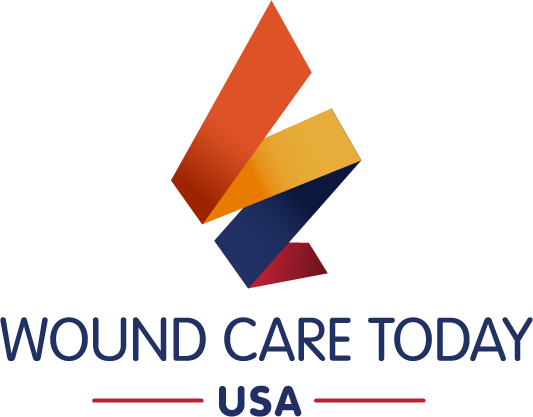24 January 2025
Venous leg ulcers (VLUs) are open lesions below the knee associated with venous disease, requiring more than two weeks to heal.1 They represent the most prevalent type of leg ulcers and have a profound impact patients' quality of life.2
In the United States, more than 11 million men and 22 million women aged 40 to 80 years have varicose veins, and more than 2 million adults have advanced chronic venous disease, with skin changes or VLUs.1 The importance of accurate diagnosis for effective management of venous leg ulcers is emphasized. The key to successful management of VLUs is accurate diagnosis and subsequent treatment through comprehensive holistic assessment.3
This microlearn will provide background on venous disease and review VLU pathophysiology and risk factors. Frontline treatment, including compression therapy, is also discussed.
24 January 2025
Wound cleansing plays a foundational role in the healing process of both acute and chronic wounds by promoting a clean environment conducive to tissue repair. Wound cleansing supports healing by promoting a clean environment for tissue repair, debris removal, reducing bacterial load, and supporting appropriate moisture levels.1
There are several common wound cleansing methods as well as myriad wound cleanser options available. However, many of the active ingredients in some cleansers are locally toxic and have limited or no proven efficacy in enhancing wound healing, thus making wound cleanser selection a vital component of evidence-based wound care.2 This microlearn will provide foundational knowledge of wound cleansing and its role in wound healing.
24 January 2025
Exudate plays a beneficial role in acute wounds, providing essential components for tissue repair. However, excessive exudate production or the development of a chronic wound can lead to detrimental effects on the wound and surrounding tissue, delaying the healing process.
The presence of an exuding wound significantly impacts a patient's daily activities and well-being. To establish an optimal moist wound healing environment, it is crucial to identify and address the underlying causes of excessive wound exudate. To facilitate wound healing and reduce symptoms, proper management of exudate is also essential.
24 January 2025
Wound infection occurs when microorganisms invade a wound and proliferate to a level that triggers a local or systemic response in the host.1 When the skin's protective barrier is breached, bacteria can enter and disrupt the wound healing process. The increased presence of bacteria leads to a persistent inflammatory state, as white blood cells continuously attempt to remove the microorganisms.1 This process can overwhelm the host's immune response, compromising the wound's cellular balance by competing for oxygen and nutrients and creating a barrier to healing.
This microlearn provides an overview of wound infections and addresses common risk factors, clinical diagnosis of infection, and management strategies to put infected wounds on a healing trajectory.
24 January 2025
Get answers to your frequently asked questions related to accredited CME/CE activities from Wound Care Today USA.
More details
Join our wound care community now to access a wealth of free-to-use educational resources.




 Success!
Success!
